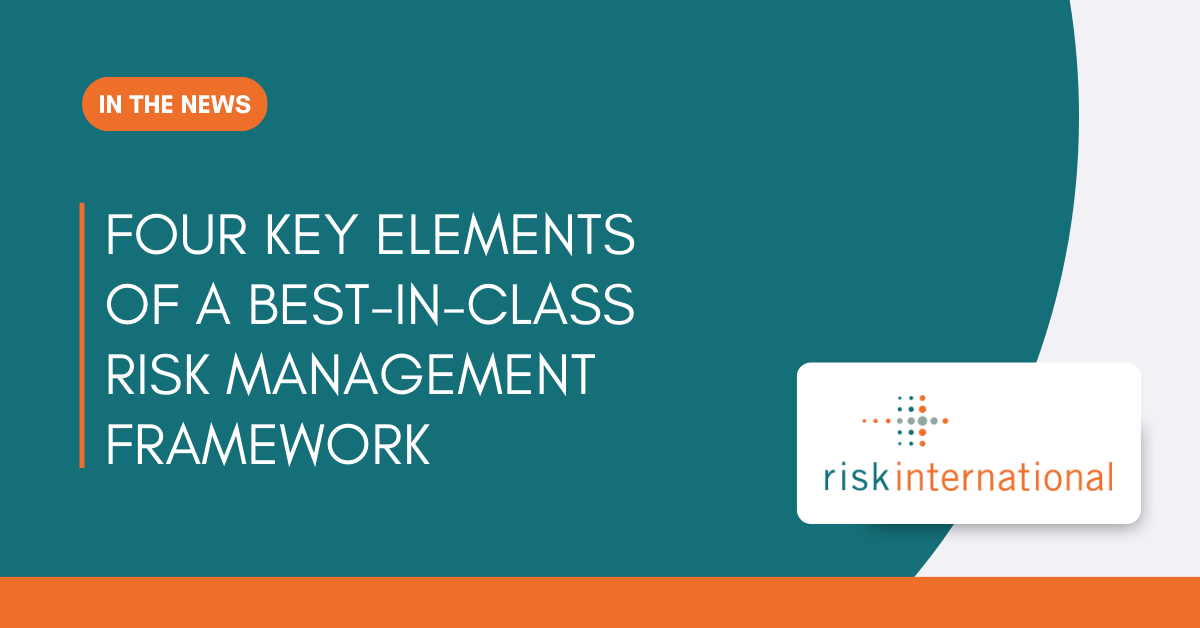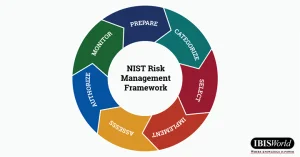Understanding Risk Management Frameworks: A Comprehensive Guide

In today’s volatile financial landscape, understanding risk management frameworks is more important than ever. These frameworks provide structured approaches to identify, assess, and mitigate financial risks, enabling organizations to maintain stability and make informed investment decisions. This article will delve into the key components of risk management frameworks, with a particular focus on BlackRock's strategies, highlighting how they contribute to financial stability and effective investment strategies.

Introduction to Risk Management Frameworks
Risk management frameworks are essential tools that organizations use to navigate uncertainties in financial markets. They encompass a series of strategies and processes designed to identify potential risks, assess their impact, and implement measures to mitigate them. Effective frameworks not only protect assets but also enhance decision-making processes, fostering confidence among stakeholders.
Importance of Risk Management in Finance
Risk management is crucial for financial stability. By systematically evaluating risks, organizations can avoid catastrophic losses and ensure long-term sustainability. Without a comprehensive risk management framework, companies expose themselves to significant market volatility, ultimately jeopardizing their investments and reputation.

Key Components of BlackRock's Risk Management
BlackRock, a global leader in investment management, employs a sophisticated risk management approach. Their framework encompasses several key components designed to address various financial uncertainties.
Overview of BlackRock's Approach
BlackRock's risk management framework integrates advanced analytics and technology, allowing for real-time risk assessment. This methodology enables them to identify potential threats before they escalate, ensuring proactive responses.
Tools and Techniques Used by BlackRock
BlackRock utilizes a variety of tools to enhance its risk management strategies, including:
- Aladdin: A comprehensive risk management platform that analyzes portfolio risks and provides insights for better decision-making.
- Stress Testing: Regular simulations to assess how portfolios will perform under extreme market conditions.
- Scenario Analysis: Evaluating potential future events to understand their impact on investments.
These tools empower BlackRock to maintain financial stability and guide investment strategies effectively.

Evaluating Risk Management Strategies
To determine the effectiveness of risk management frameworks, organizations must establish clear evaluation criteria. Key factors include:
- Risk Identification: The ability to pinpoint potential risks accurately.
- Mitigation Strategies: The effectiveness of strategies implemented to reduce risks.
- Monitoring and Reporting: Continuous oversight and transparent reporting mechanisms.
By assessing these criteria, organizations can refine their strategies and enhance their risk management frameworks.
Market Volatility and Its Impact
Market volatility significantly affects investment strategies. For instance, during economic downturns, investors may face heightened uncertainty, leading to rapid market shifts. A robust risk management framework allows companies to adapt quickly, reducing the negative impact of market fluctuations.
Case Studies of Risk Management in Action
Real-world examples illustrate the effectiveness of risk management frameworks. Here are four notable case studies:
1. JP Morgan Chase
JP Morgan Chase implemented a comprehensive risk management framework that includes rigorous stress testing and scenario analysis. As a result, the bank successfully navigated the 2008 financial crisis, maintaining its stability and market position.
2. Goldman Sachs
Goldman Sachs employs advanced risk modeling techniques to assess portfolio risks. During periods of market volatility, their proactive measures have allowed them to minimize losses and optimize returns for their investors.
3. AIG
American International Group (AIG) faced significant challenges during the 2008 financial crisis. However, by restructuring their risk management framework post-crisis, they improved their risk assessment capabilities and restored investor confidence.
4. BlackRock
BlackRock's use of the Aladdin platform has set a benchmark in the industry. By continuously monitoring risks and providing real-time insights, BlackRock has maintained a strong market position, proving the effectiveness of their risk management strategies.
Lessons Learned from Case Studies
These case studies highlight several lessons in risk management:
- Adaptability: Organizations must be ready to adjust their strategies in response to changing market conditions.
- Technology Integration: Leveraging technology can enhance risk assessment and decision-making processes.
- Continuous Improvement: Regularly reviewing and updating risk management frameworks is critical for long-term success.
Conclusion and Future Outlook
In conclusion, effective risk management frameworks are vital for maintaining financial stability and guiding investment strategies. BlackRock exemplifies how a robust framework can lead to success in a complex financial landscape. As we look to the future, organizations must continue to innovate and adapt their risk management strategies to navigate emerging challenges, ensuring they remain resilient in the face of uncertainty.
As a finance professional or investor, consider the importance of risk management frameworks in your operations. Implementing robust strategies can protect your assets and foster sustainable growth in an ever-changing market.
